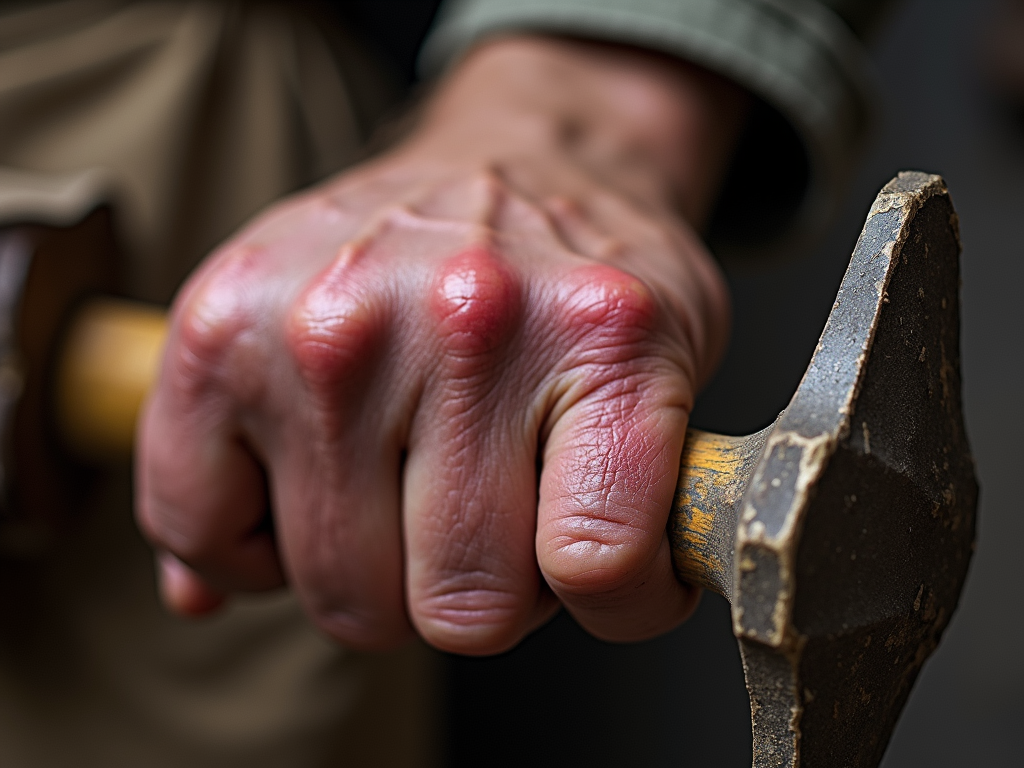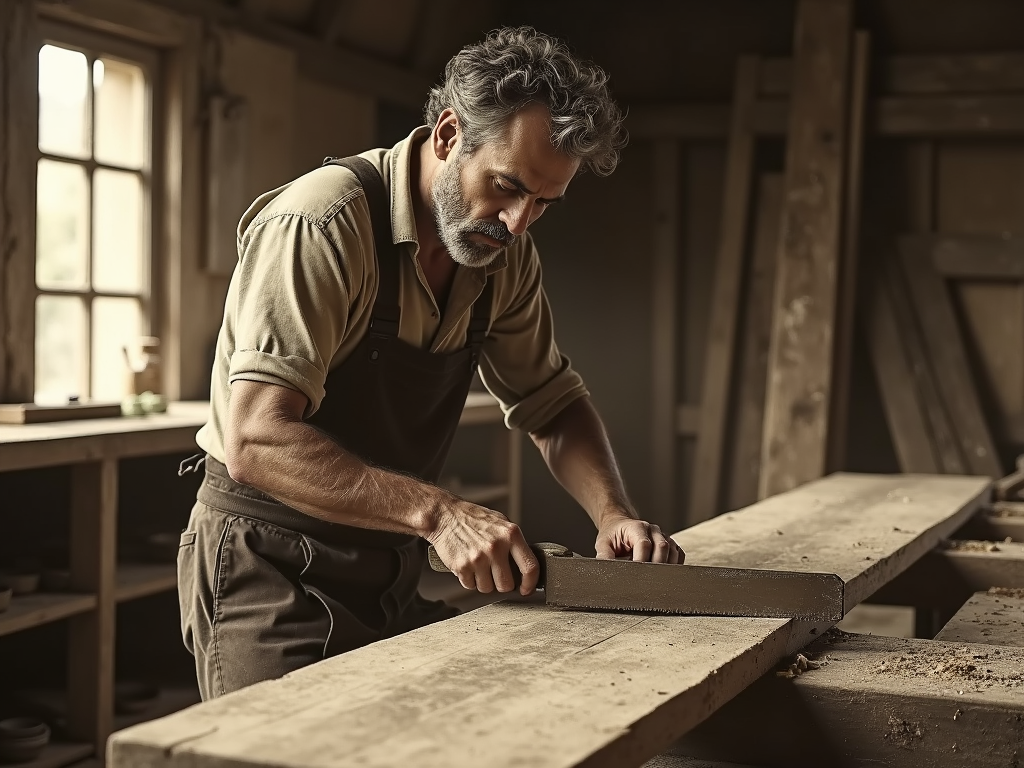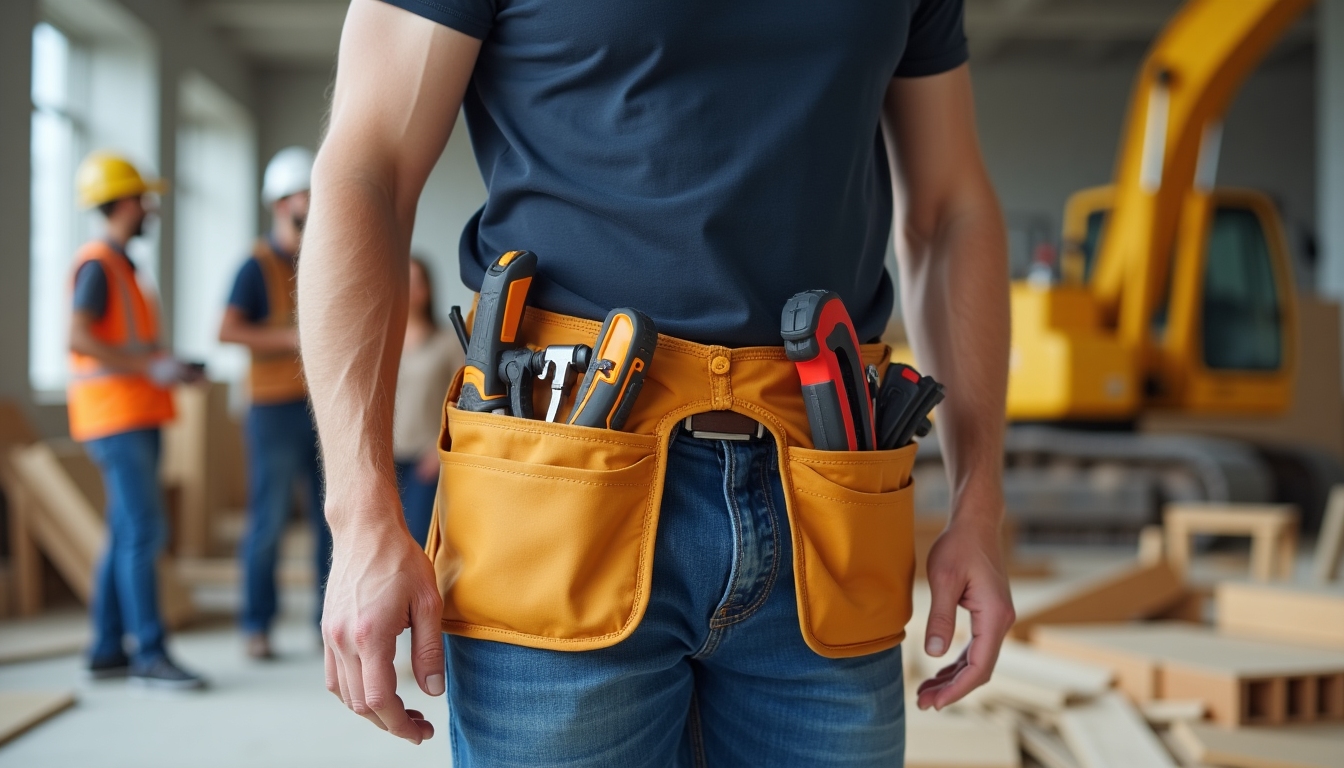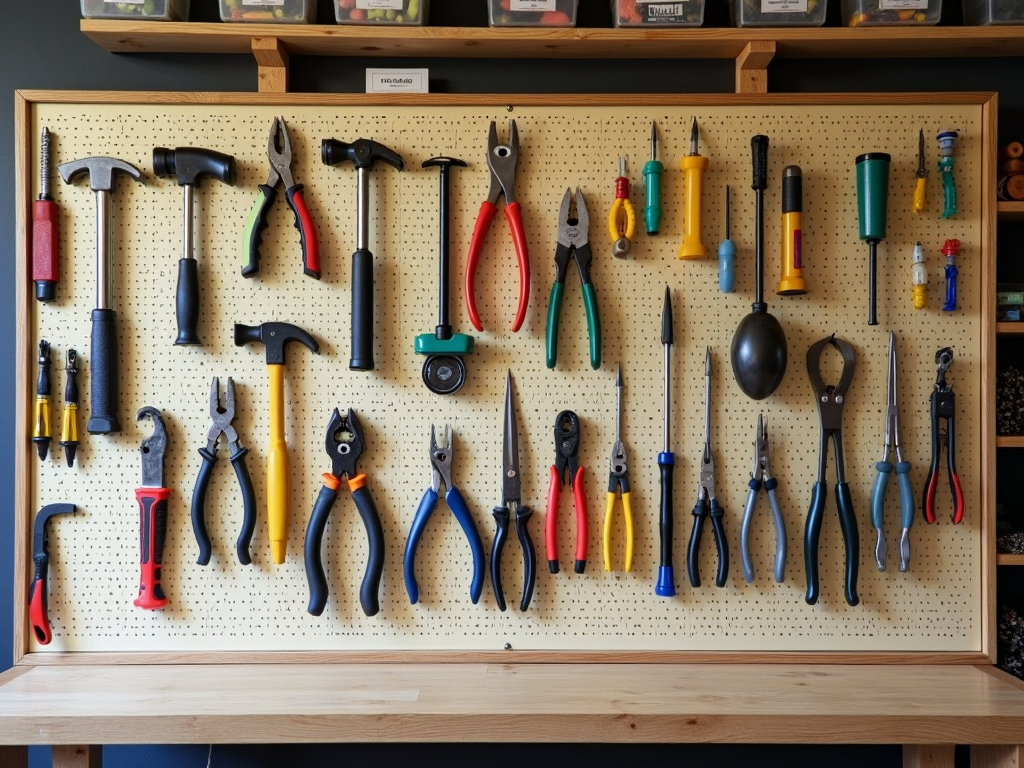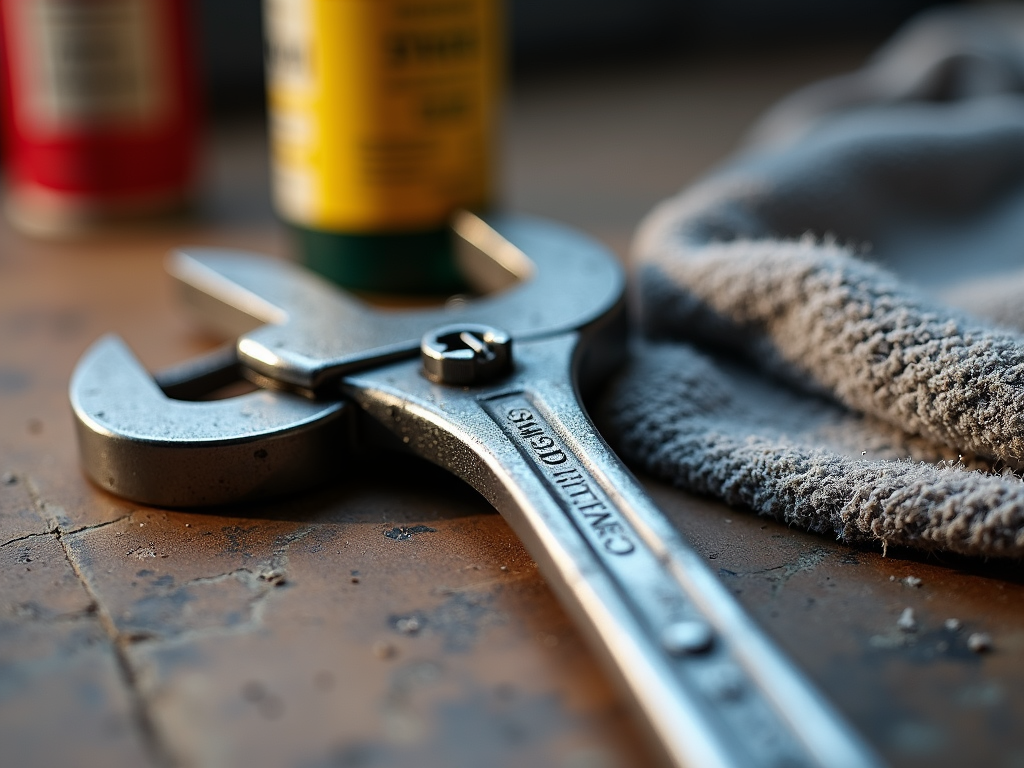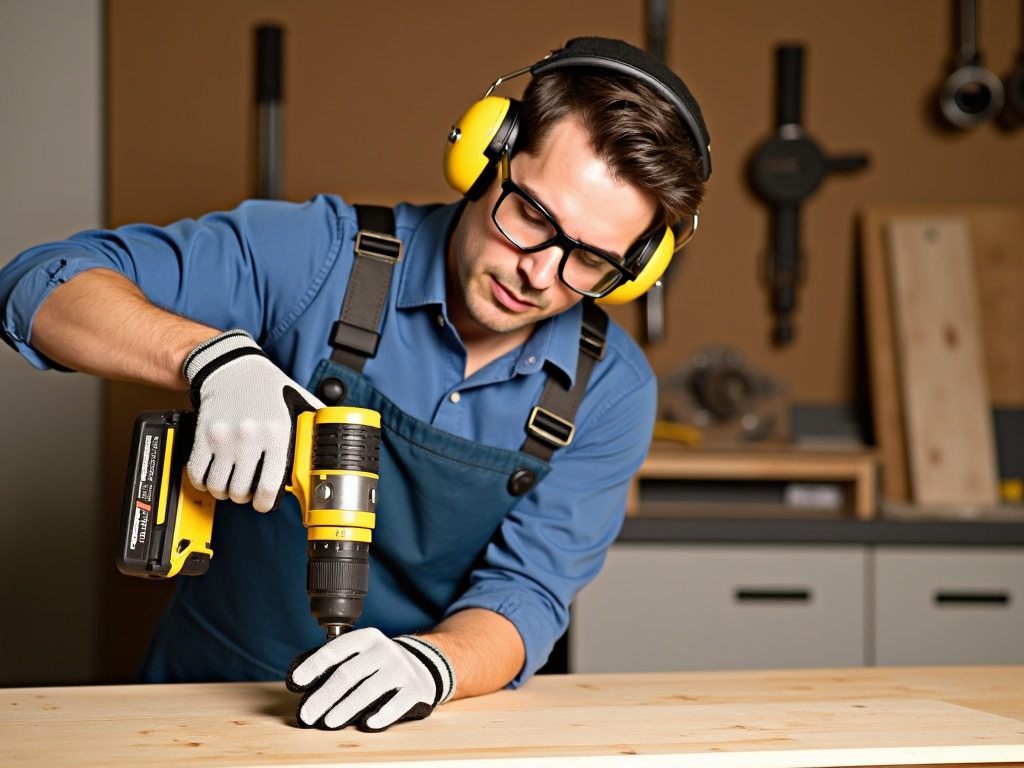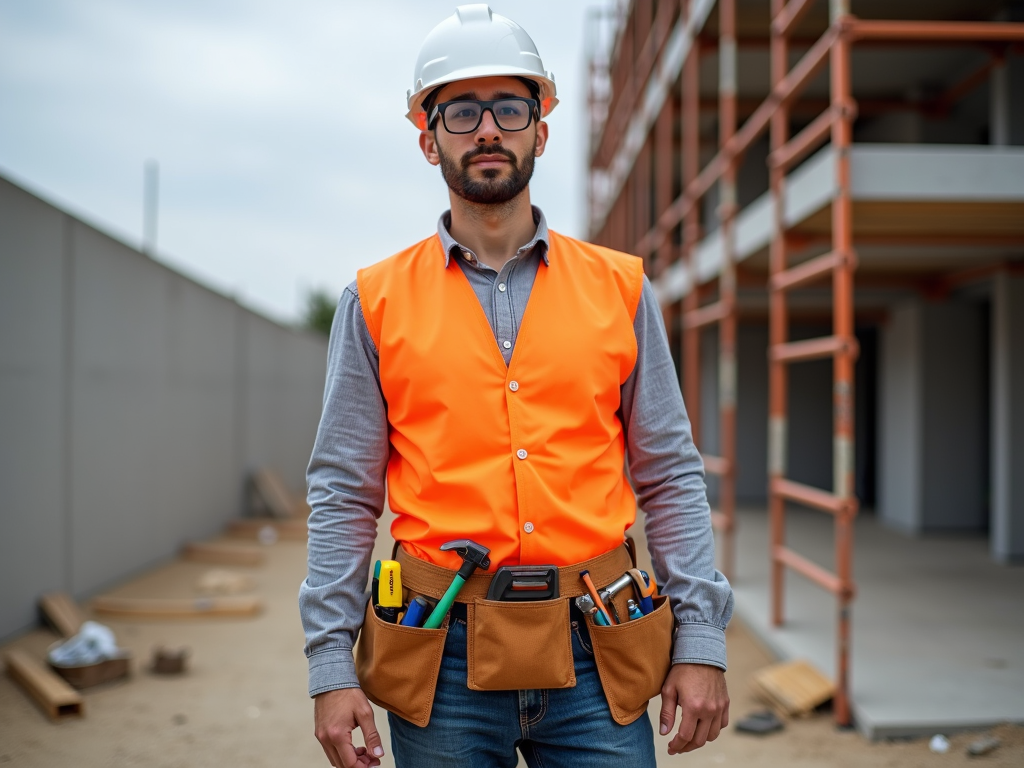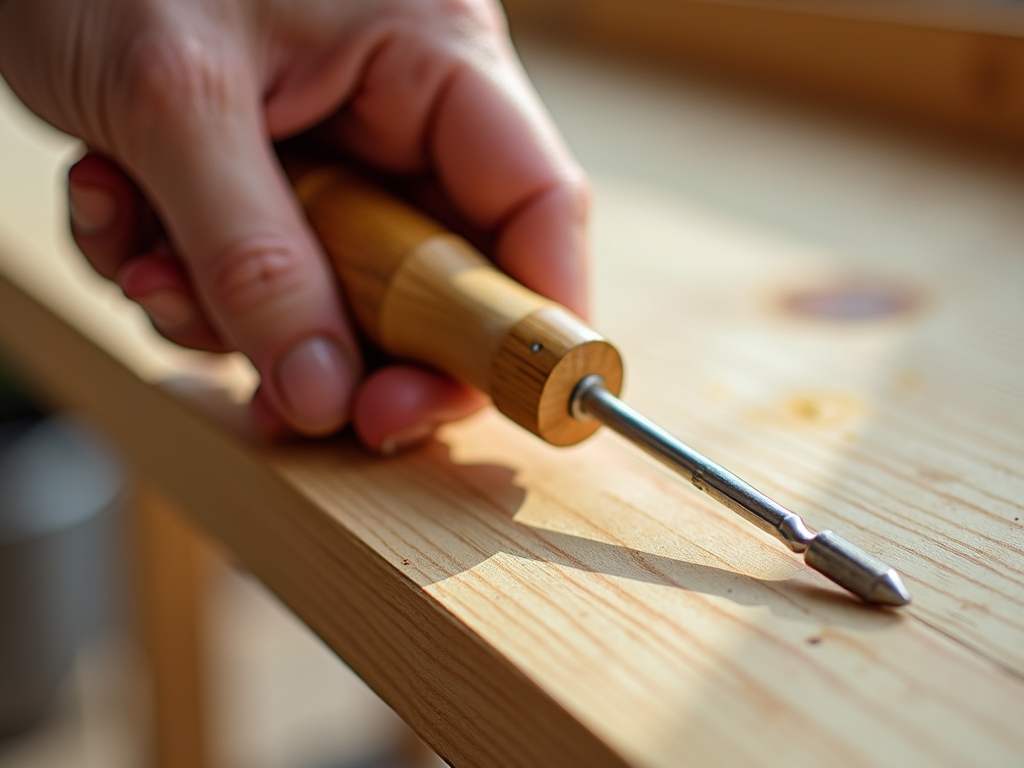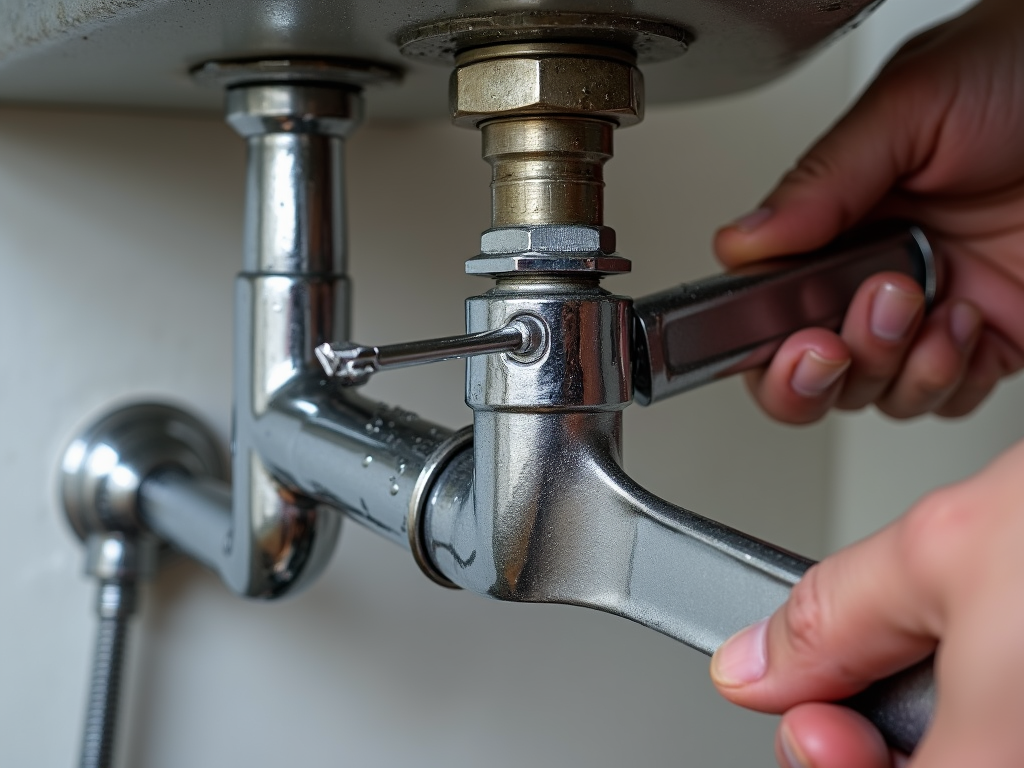Overview
Tools shape the way we work. A poorly designed hammer can hurt your hands or slow you down, while a well-made one boosts your health and speed. This article examines how tool design impacts worker health and efficiency, focusing on hammers as a key example.
Why Tool Design Matters
Every day, workers rely on tools like hammers to get the job done. But not all tools are built with the user in mind. A bad design can lead to sore muscles, injuries, or wasted time. On the flip side, good design—especially in workman tools—can make tasks easier and safer. This is where ergonomics comes in: the science of fitting tools to the human body.

Understanding Hammer Dynamics and Ergonomics
Hammers seem simple, but their design can make or break your workday. An ergonomic hammer reduces strain and boosts efficiency. Here’s what to look for:
- Handle Shape: A curved or contoured handle fits your hand better than a straight one.
- Weight Balance: A hammer that’s evenly weighted feels lighter and swings smoother.
- Material Choice: Fiberglass or rubber grips cut down on vibration and fatigue.
These features matter because they let you work longer without pain and hit nails with less effort.
How Design Affects Health
Using a poorly designed hammer can hurt you over time. If the handle slips or the weight is off, you grip harder or swing awkwardly. This can lead to hand cramps, wrist pain, or even bigger problems like carpal tunnel syndrome. Studies show that workers using non-ergonomic tools face a higher risk—sometimes up to 50%—of these injuries.
A good hammer, though, spreads the load across your hand and arm. It cuts down on stress and keeps you healthy.

Efficiency Through Smart Design
Health isn’t the only perk of good tool design—efficiency gets a boost too. An ergonomic hammer lets you aim better and strike harder with less force. Features like shock-absorbing grips or magnetic nail holders save time and energy. For example, a balanced hammer means fewer missed swings, so you finish jobs faster.
Workers who switch to these tools often notice they’re less tired at the end of the day. That’s a win for both you and your boss.
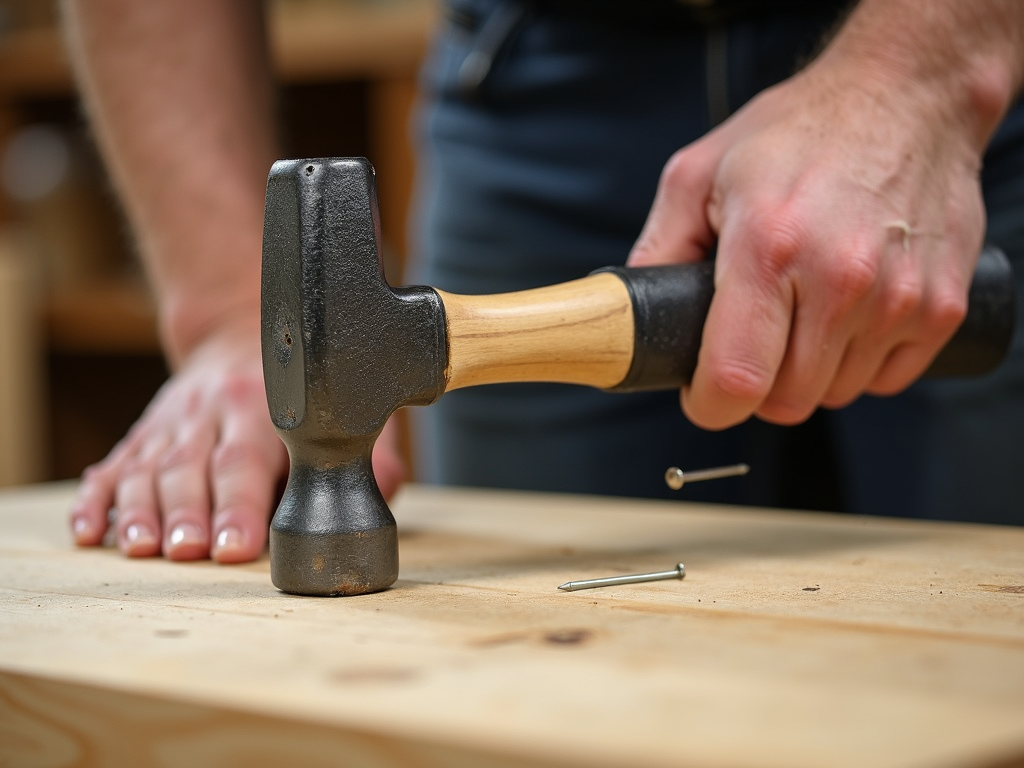
My Story: From Pain to Progress
I’ll never forget my first hammer. It was a basic model with a slick wooden handle. After an afternoon of nailing boards, my hand was red and blistered. My swings were sloppy, and I kept missing the mark. It wasn’t just annoying—it hurt.
Then I tried an ergonomic hammer. The grip hugged my hand, and the weight felt right. Suddenly, I could work all day without aching. My accuracy went up, and I got more done. That switch taught me how much tool design impacts worker health and efficiency.
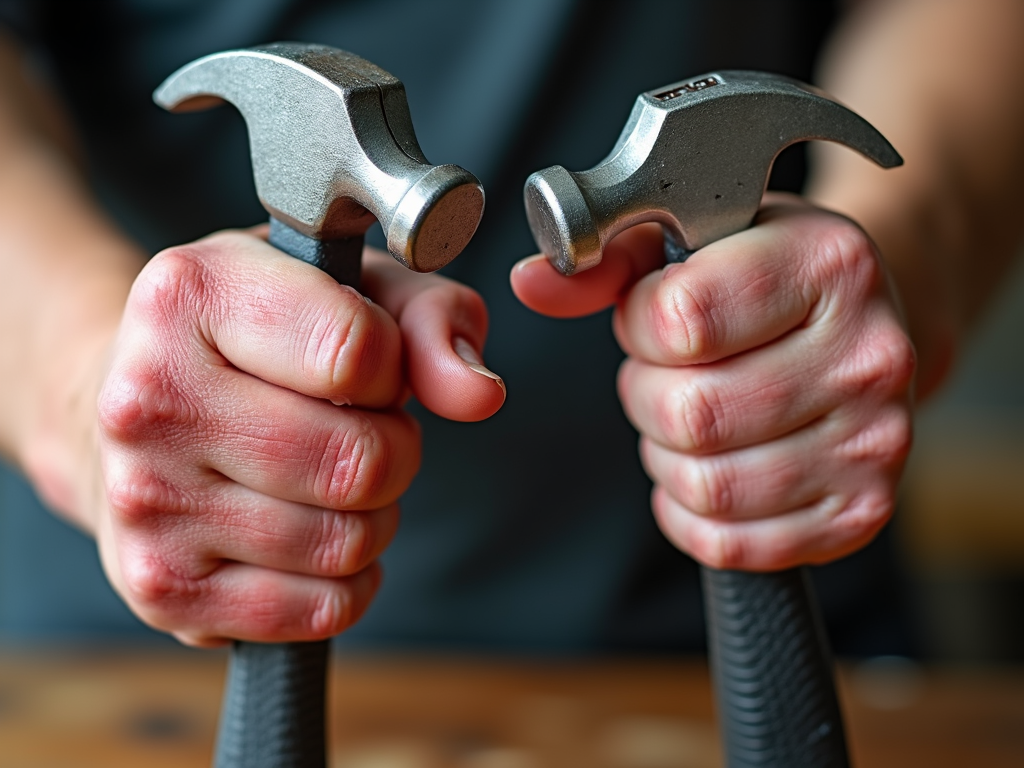
What the Numbers Say
Research backs up my experience. A study from the National Institute for Occupational Safety and Health found that ergonomic tools lower injury rates by 30-50%. Another report showed workers using well-designed hammers finished tasks up to 20% faster. These stats prove that hammers and other workman tools aren’t just about comfort—they’re about results.
Picking the Perfect Hammer
Choosing the right hammer can feel overwhelming, but it doesn’t have to be. Here’s a quick guide:
| Feature | Why It Helps | Example |
|---|---|---|
| Contoured Grip | Reduces hand strain | Rubber padding |
| Balanced Weight | Improves swing control | Steel core |
| Lightweight Build | Less fatigue over time | Fiberglass |
Hold the hammer before buying if you can. Make sure it feels good in your hand and suits your job—say, a heavier one for framing or a lighter one for finishing.
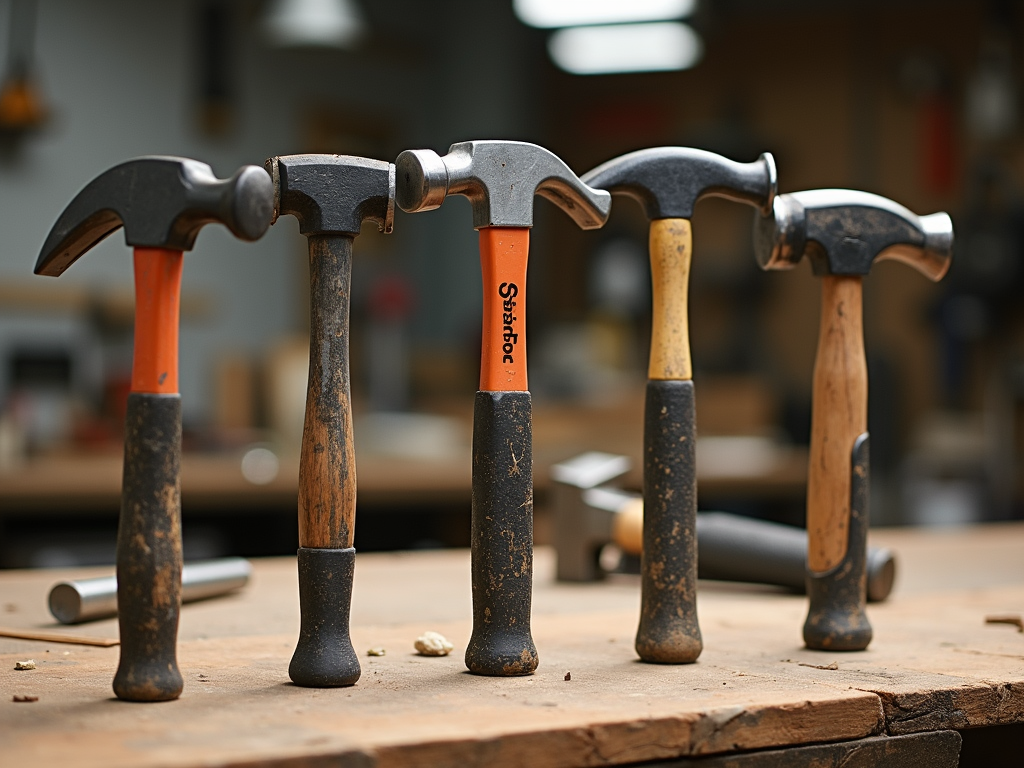
Tips for Better Tool Use
Even the best hammer won’t help if you use it wrong. Try these tips:
- Grip Lightly: Hold firm but don’t squeeze too hard.
- Swing Smart: Let the hammer’s weight do the work, not your arm.
- Take Breaks: Rest your hands to avoid overdoing it.
Pair these habits with a solid tool, and you’ll feel the difference.

Real-World Benefits
Think about a construction crew. If everyone uses ergonomic hammers, the whole team stays healthier and works faster. Fewer sick days, less downtime, and better output—it adds up. That’s why understanding hammer dynamics and ergonomics isn’t just for individuals; it’s a game-changer for workplaces too.
Summary
Tool design shapes how we work, and hammers are a perfect example. A well-made hammer protects your health by cutting strain and boosts efficiency with smarter features. From my own struggles to hard data, it’s clear: how tool design impacts worker health and efficiency is huge. Pick the right hammer, use it well, and you’ll work better and feel better.

Related How Tool Design Impacts Worker Health and Efficiency:
- Preventing Injuries with Smart Tool Choices: A Guide to Worker Safety and Efficiency
- The Evolution of Power Tools: From Hand Tools to High-Tech Gadgets
- The Ultimate Guide to Tool Belts for Construction Workers
- Workshop Organization Hacks to Boost Productivity
- Top Maintenance Tips for Extending Tool Lifespan
- Essential Safety Gear for Power Tool Users
- A Comprehensive Guide to Workwear and Safety Gear
- Top 10 Sustainable Hand Tools in 2024
- Top 10 Plumbing Tools Every DIYer Should Own
- Mastering Power Tool Maintenance: Keep Your Tools Running Like New
- Safety Tips for Using Power Tools: The Ultimate Guide to Cordless Drill Care
- The Difference Between Automotive and Manual Tools
